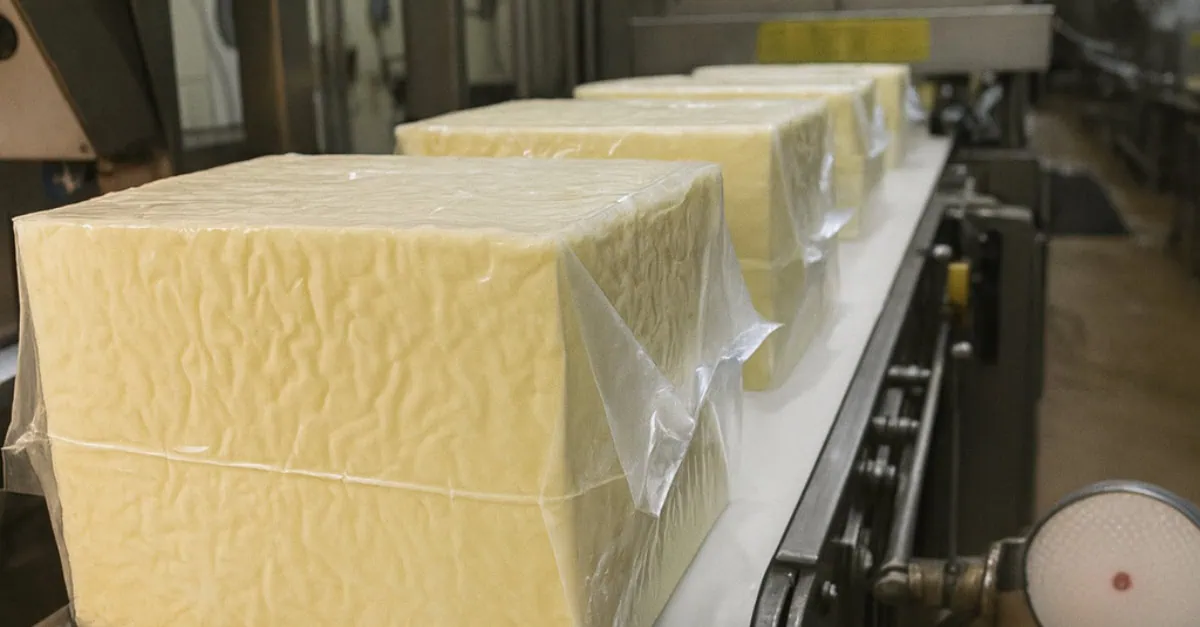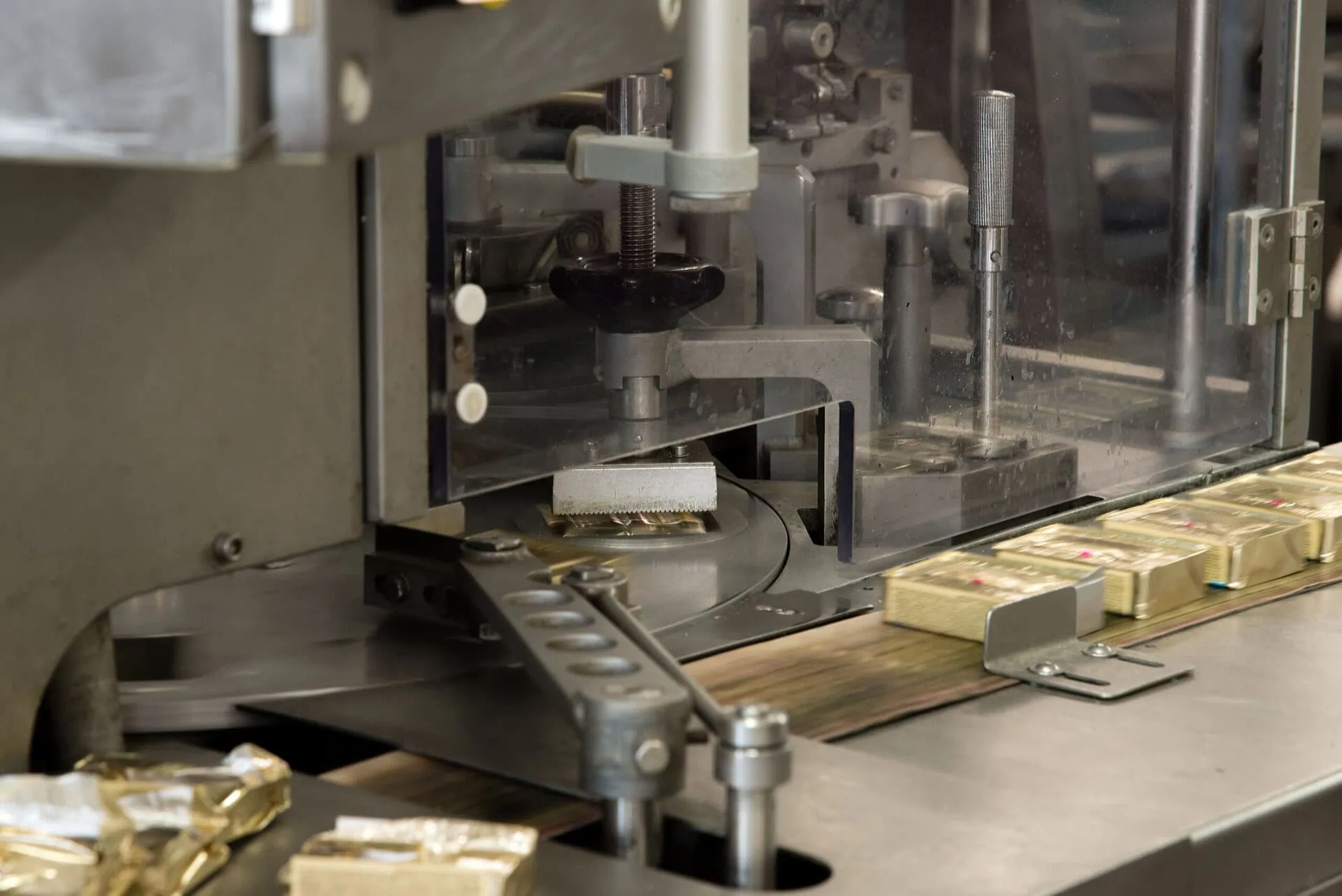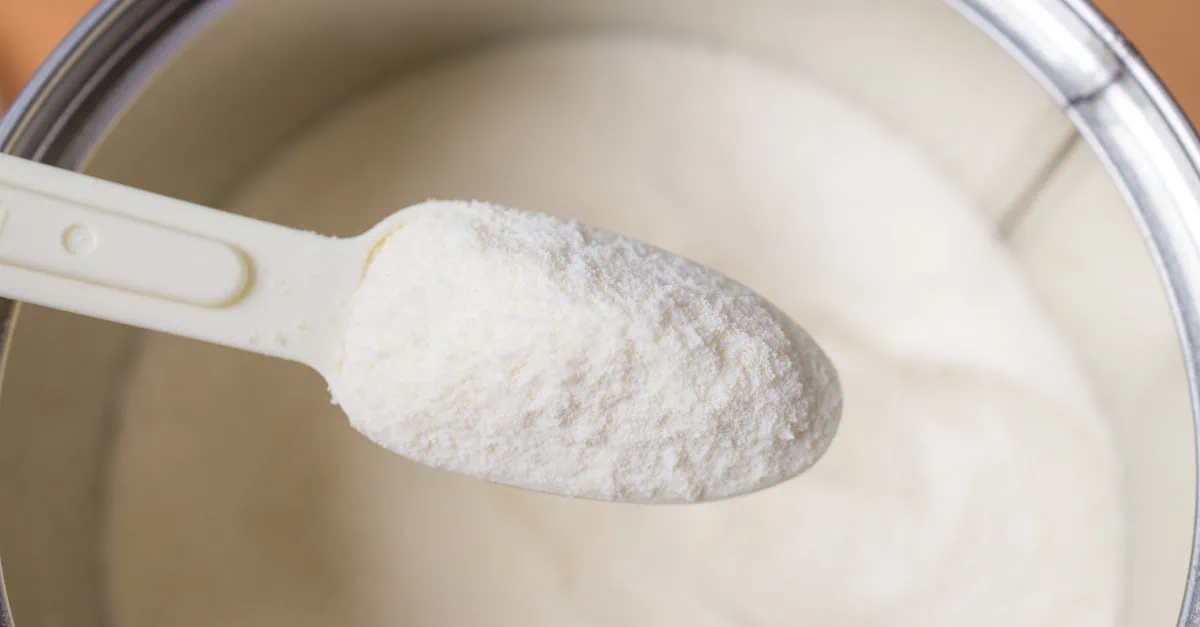The European cheese market has found renewed stability after months of pressure, with a significant shift in export competitiveness clearing stocks and stabilizing prices across multiple cheese varieties.
After being largely closed for months, global markets have reopened for European cheese exports. The stronger dollar is making European cheese particularly attractive on international markets, enabling increased exports to Asian and other global buyers.
Export advantage clears European stocks
This improved export competitiveness has addressed a critical challenge for European producers. When production levels run high, the real difficulty isn’t finding sellers, it’s finding buyers. Cheese loses value due to aging much quicker than most other dairy commodities, making stock management essential.
The recent export surge has cleared away stocks that European manufacturers and traders were holding, reducing pressure heading into the final quarter of the year. For Gouda specifically, increased exports over the past couple of weeks have significantly reduced stock pressure for November and December, particularly for manufacturers.
Asian markets switch from US to European cheese
Asian markets have shifted from US Mozzarella to European Mozzarella over recent months. The discount for EU Mozzarella combined with favorable EUR/USD exchange rates has driven this transition.
At current price levels, European cheese has improved its export competitiveness while the US cheese market struggles to find significant export demand at $3,600/mt. The export advantage has shifted toward Europe, with CME Call blocks trading at $1.63/lb.
Market stabilization across cheese varieties
The export clearing has created stability across the European cheese market. Gouda prices have bounced back after bottoming out two weeks ago, with the market finding a temporary floor around €3,000/mt. Mozzarella prices have also recovered from lows around €2,800/mt three weeks ago to current levels of €2,950/mt.
With Q4 availability now limited due to export clearing and most producers largely sold out for the remainder of 2025, the European market should remain relatively stable through year-end.
Looking ahead
The key question for Q4 and Q1 is whether ongoing export opportunities can maintain current price levels as high milk supply continues. Competition between European and US cheddar markets will likely persist in the coming weeks, as both regions target exports at similar prices. The US market may see weakness creep back in before year-end due to its premium over European cheese, while domestic consumption remains lower than last year.
This newsarticle is part of a more comprehensive market analysis. For the full market analysis, go to: https://app.vespertool.com/market-analysis/2439





